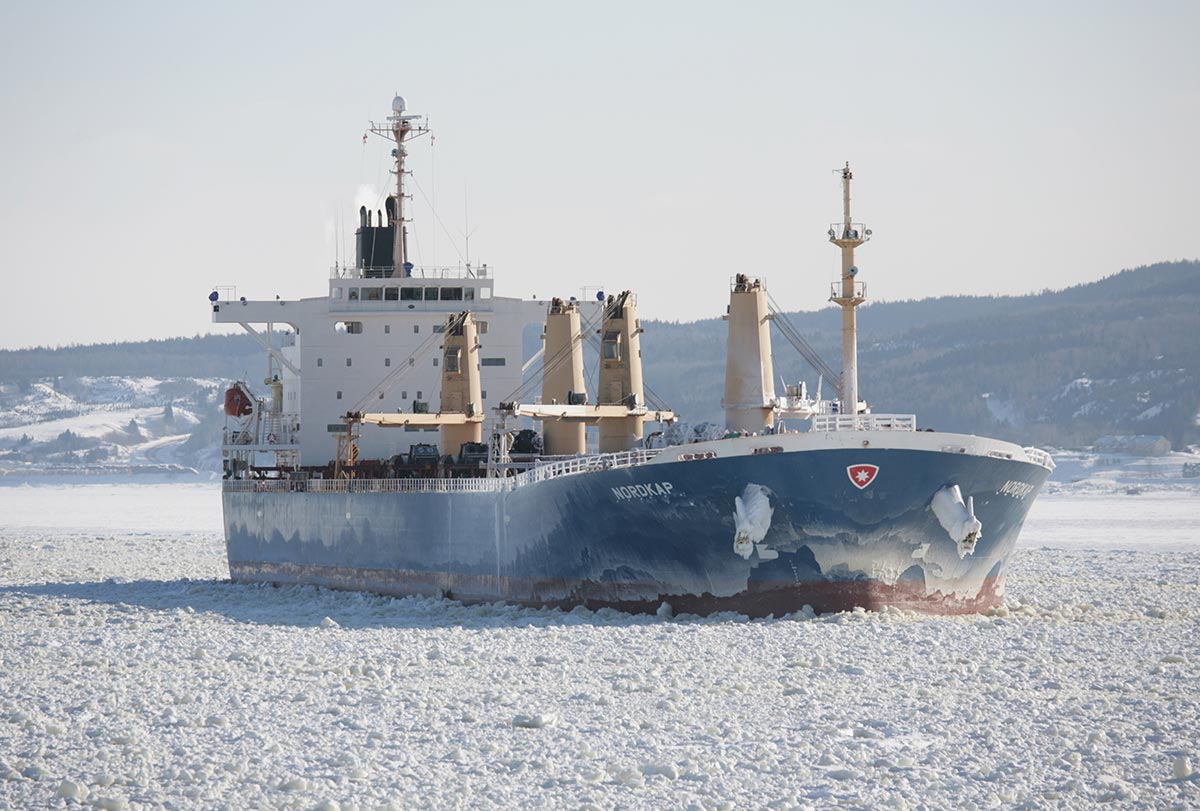Autonomous Navigation
Task leader: DTU Electrical Engineering
Task number: 2.2
This task is focusing on
- Embedding seamanship expert knowledge into computer algorithms
- Assessing situation and plan remedial actions to make unsupervised operation possible and reliable
- Developing domain specific techniques to ensure that machine learning methods avoid insufficient learning or overtraining
- Supplementing machine learning with logics based on regulations to obtain reliable autonomous navigation
- Interfacing to autopilot and auto-berthing system
- Testing autonomy algorithms with real data, implement prototypes and test these at sea
Background for the work
Autonomy for manoeuvring in open and confined waters
An unmanned vessel shall be able to navigate safely in both open sea and in confined waters, and ultimately be able to find a safe route to its berth inside a harbour. Add that on-board sensors and intelligent data processing shall determine a safe path to navigate while avoiding collision with merchant vessels, leisure boats or other objects in the water.
The behaviour of other vessels could be unexpected, in particular with inexperienced leisure sailors around. The autonomous vessel should navigate safely anyway and abide the traffic rules at sea, COLREGs. The unmanned vessel has advanced sensor technology at its disposal, including conventional radar and mm wavelength radar, cameras for daylight and some with infrared night vision capability.
The ShippingLab Autonomy Work Package develops technology that can cope with these challenges. The car industry has a vision of fully unmanned operation but struggles with the immense complexity of the environment in an unknown terrain. Conditions at sea are less complex, and there seems promise that fully unmanned navigation could be possible for smaller vessels under certain conditions.
For larger merchant vessels, ability for navigators to be on the bridge but be able to undertake other duties while getting electronic support from advanced instruments and computer algorithms to be called back to the navigation task when human attention is required.
Meanwhile, the highly automated vessel would steer itself. The ShippingLab Autonomy Work Package deals with both scenarios.
Task partners
DTU Electrical Engineering
Logimatic Engineering (on behalf of Stigsborg Havnefront)
SIMAC
Wärtsilä Lyngsø Marine
